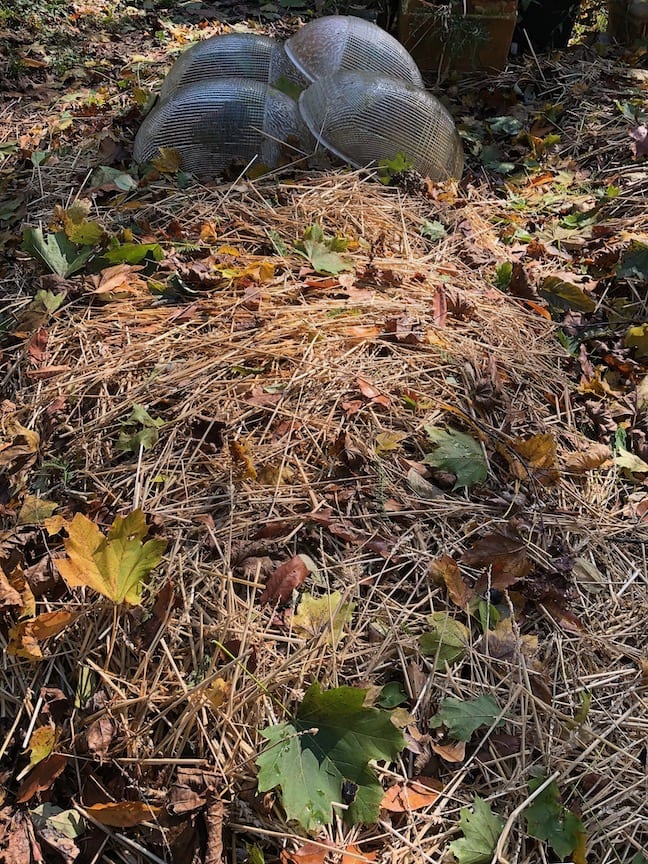
The sound of wrens calling to each other persists early in the morning — even after frost blanketed the garden — officially ending one of the most unusual seasons we have ever seen. More people gardened than ever before, with many using their time in the dirt as a respite from turbulent times.
It’s funny how the looming cold drives so many of us to try and squeeze in a few extra days, weeks or even months out of tender plants in the garden.
It’s the best reason to have a little greenhouse, cold frame or even a three-millimeter-thick clear drop cloth from the hardware store. These enable us to pick and choose what might be protected and what is left to an icy death.
The wilted foliage of gangly tomato vines is wrestled into the compost pile along with peppers, marigolds, impatiens and more. These plants will eventually feed the garden again as compost. If plants were diseased over the season, they are not added to the pile. In my garden, there’s a separate area for them to compost, as there’s no reason to send them to the landfill.
While you're putting the garden to bed, it's also the perfect time to get ready for the next season. Once these annual plants are removed from their summer homes, a few inches of good compost or well-aged animal manure and organic granular fertilizer can be applied to the area. This will go a long way to perpetuating a good garden for next year and beyond. This annual or bi-annual ritual helps replace what the plants have taken from the soil.
Some gardeners will till the soil amendments into the garden; others use a no-till method. That’s how I garden. Instead of turning the dirt over in fall and spring, I just add those amendments in layers on top of the beds every fall and spring. Compost gives the plants everything they need, and they’ll be able to fight off most pests and diseases.
No matter what your style of gardening, it’s a good idea to mulch the area to keep that good soil in place. It’s possible to lose 1/4-inch or more of garden earth through winter wind erosion.
Another great technique is called cover cropping. Seeds are sown now under the cover crop, which sprouts, and then will turn back into the soil next year. It turns to a green manure once it decomposes. It’s also a great option when it’s too difficult to move compost into the garden.
Winter rye is one cover that’s pretty easy to find at your local nursery and garden center. It’s a flat-bladed grass that not only holds the soil in place but also becomes home to beneficial insects. In the case of a no-till gardener, the rye is cut, left to lie on the bed, and covered with more compost or other types of organic matter.
In the perennial garden, filled with plants that survive and return each year, conventional wisdom recommends those plants should be left alone right now and not cut down until the spring. Leaf litter is actually a good thing too. Many hollow stalks of plants could act as homes for overwintering beneficial insects — the same is true under the leaves. If you’re used to a tidy fall and winter garden, it might be hard to see the beauty in this type of garden, but it’s the best thing to do for the good bugs. In turn, they will make your life easier next season, feasting on the bad bugs. It also feels good to help out the native pollinators and other wildlife. Leaving seed heads for the birds will teach them that the garden is a good source for food. When they need to find hundreds of caterpillars in the spring to feed their young, they will know where to go.
It’s certainly bittersweet to see the annuals and tender plants finish for the year, but that does not mean there’s nothing to do. Plant spring-blooming bulbs right now. Here are some tips along with some of my favorite varieties.
Plant garlic now too. There’s nothing that compares to garden garlic, and it’s one of the easiest plants to grow. Did you know there are five harvests from one planting?
There’s even time to squeeze in some vegetable plants and several flowers that thrive in the cold with a little protection.
There are lots of good deals out there on trees and shrubs too, which can be planted until the ground freezes solid. Here are my favorite deer-resistant shrubs.
Perennials are also on sale now. These plants are tough, beautiful and low maintenance.
Once those jobs are completed, it’s all about dreaming, planning and scheming about what should grow in these beds next spring.
It doesn’t get much more fun than that.
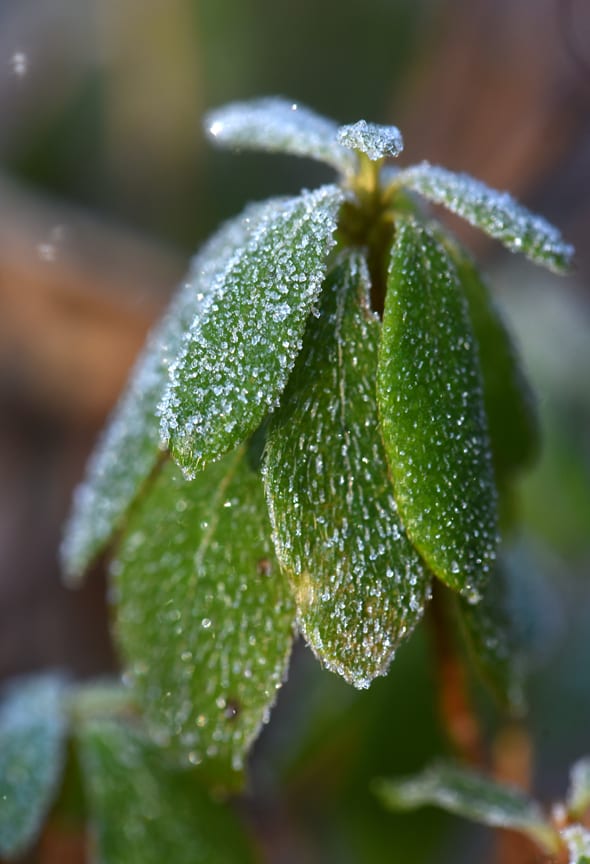
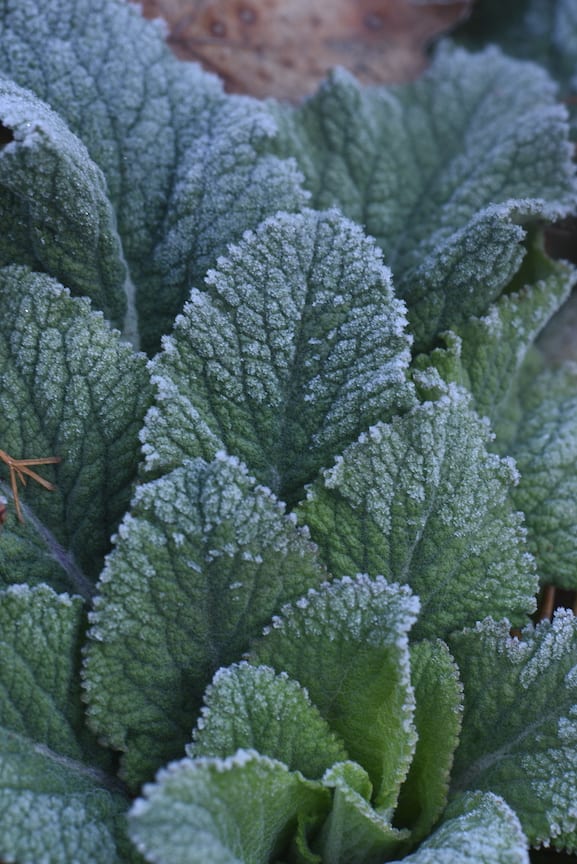
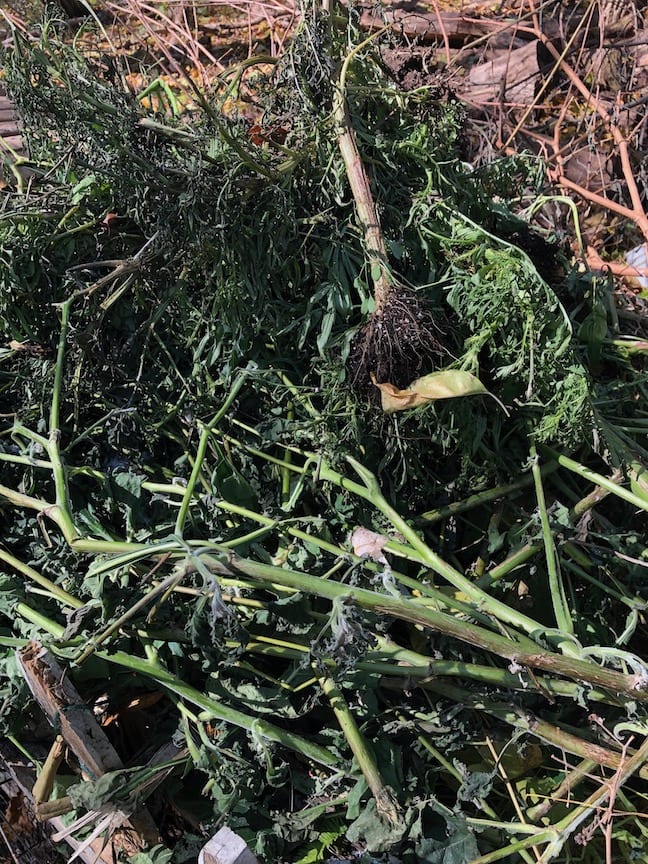
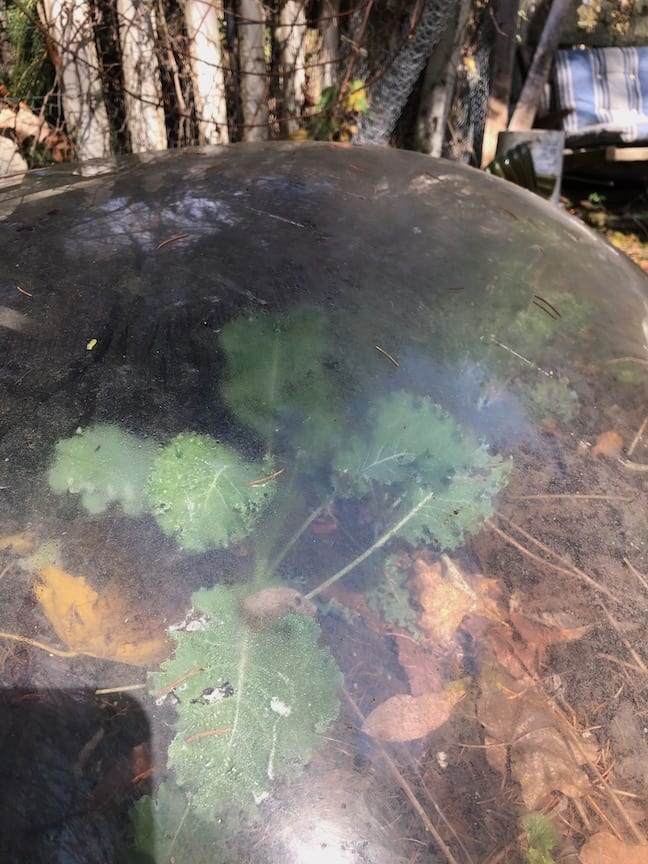

[…] Get the garden ready for winter. […]